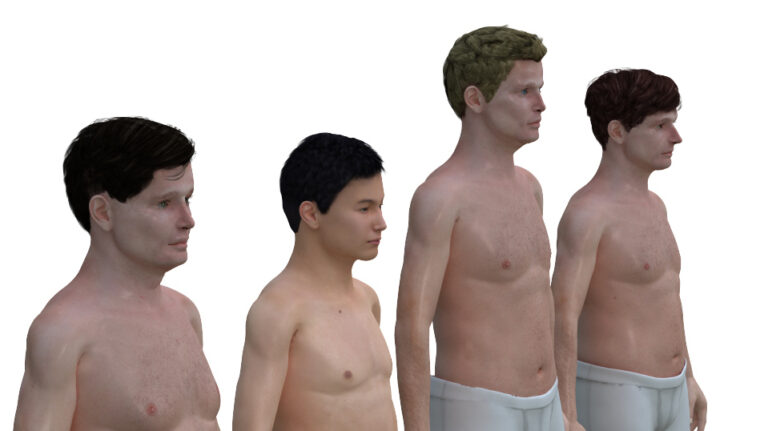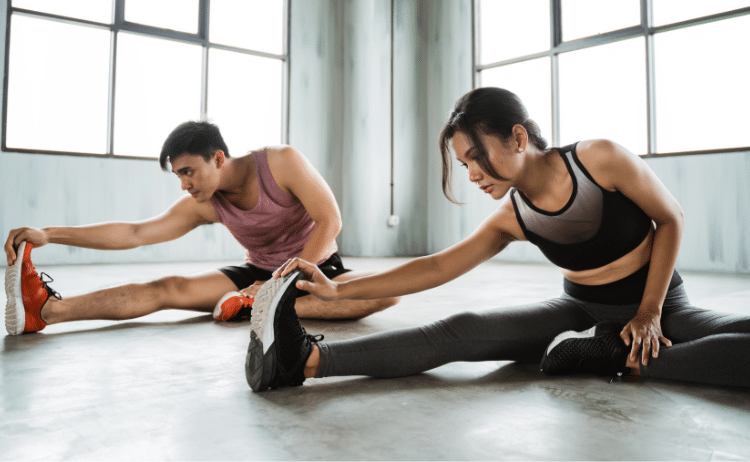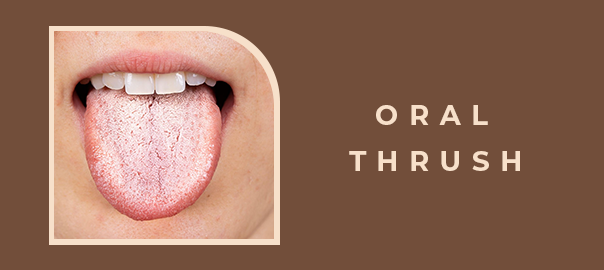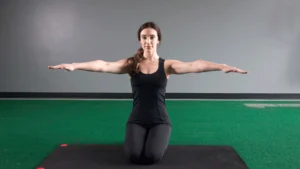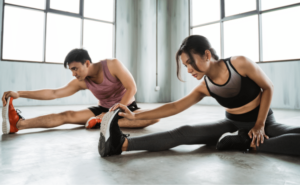Incorporating upper body stretches into your daily routine is essential for maintaining flexibility, reducing muscle tension, and enhancing overall strength. Whether you’re an athlete, a fitness enthusiast, or simply someone looking to improve their range of motion, stretching the upper body can provide numerous benefits. This comprehensive guide will walk you through various upper body stretches, their benefits, and how to perform them correctly.
The Importance of Upper Body Stretches
Upper body stretches are vital for maintaining flexibility and preventing injuries. These stretches target the muscles in your shoulders, chest, back, and arms, which are crucial for everyday movements and physical activities. Regular stretching can help improve posture, relieve muscle tightness, and increase blood flow to the upper body. Additionally, it can enhance performance in exercises and sports by allowing for a greater range of motion and reducing the risk of strains and sprains.
Benefits of Upper Body Stretches
- Improves Flexibility: Stretching increases the length of muscles and tendons, which improves flexibility and joint range of motion. This can enhance your ability to perform various exercises and daily tasks with ease.
- Reduces Muscle Tension: Upper body stretches help release tension in the muscles, which can alleviate discomfort and stiffness caused by prolonged sitting or physical exertion.
- Enhances Posture: Regular stretching helps strengthen and lengthen muscles that support good posture, reducing the likelihood of back and neck pain.
- Boosts Circulation: Stretching increases blood flow to the muscles, promoting faster recovery and reducing muscle soreness after exercise.
- Prevents Injuries: By improving flexibility and muscle balance, stretching reduces the risk of injuries related to overuse or sudden movements.
Effective Upper Body Stretches
Here are some essential upper body stretches that can be easily incorporated into your routine:
1. Shoulder Stretch
How to Perform:
- Stand or sit with your back straight.
- Extend your right arm across your chest.
- Use your left hand to gently pull your right arm closer to your chest.
- Hold the stretch for 15-30 seconds.
- Repeat on the other side.
Benefits: This stretch targets the shoulder muscles, including the deltoids and rotator cuff, helping to relieve tension and improve shoulder mobility.
2. Triceps Stretch
How to Perform:
- Raise your right arm overhead and bend your elbow, reaching your hand down your back.
- Use your left hand to gently push your right elbow for a deeper stretch.
- Hold the stretch for 15-30 seconds.
- Repeat on the other side.
Benefits: This stretch focuses on the triceps and the back of the arms, promoting flexibility and reducing tightness in the upper arms.
3. Chest Stretch
How to Perform:
- Stand with your feet shoulder-width apart.
- Clasp your hands behind your back and straighten your arms.
- Lift your arms slightly and push your chest forward.
- Hold the stretch for 15-30 seconds.
Benefits: This stretch opens up the chest muscles, alleviating tightness caused by poor posture or prolonged sitting.
4. Upper Back Stretch
How to Perform:
- Sit or stand with your back straight.
- Extend both arms in front of you and interlock your fingers.
- Push your arms forward, rounding your upper back.
- Hold the stretch for 15-30 seconds.
Benefits: This stretch targets the upper back and helps relieve tension between the shoulder blades, which is beneficial for those who spend long hours at a desk.
5. Neck Stretch
How to Perform:
- Sit or stand with your back straight.
- Gently tilt your head towards your right shoulder.
- Use your right hand to apply gentle pressure to your head for a deeper stretch.
- Hold the stretch for 15-30 seconds.
- Repeat on the other side.
Benefits: This stretch targets the neck muscles, helping to reduce stiffness and improve neck mobility.
Tips for Effective Stretching
To get the most out of your upper body stretches, keep the following tips in mind:
- Warm Up First: Always perform a light warm-up before stretching to prepare your muscles and reduce the risk of injury. A few minutes of light cardio, such as walking or jogging, is sufficient.
- Stretch Slowly and Gently: Avoid bouncing or jerking during stretches. Move slowly into each stretch and hold it gently to avoid overstretching or straining the muscles.
- Breathe Deeply: Maintain steady, deep breaths throughout your stretches to help relax the muscles and improve the effectiveness of the stretch.
- Hold Each Stretch: Aim to hold each stretch for 15-30 seconds, repeating 2-3 times if needed. This allows enough time for the muscles to elongate and relax.
- Listen to Your Body: Pay attention to how your body feels during each stretch. If you experience sharp pain or discomfort, stop the stretch immediately and consult a healthcare professional if necessary.
Incorporating Upper Body Stretches into Your Routine
To reap the full benefits of upper body stretches, try to incorporate them into your daily routine or workout regimen. Stretching after exercise is particularly effective for cooling down and aiding muscle recovery. Alternatively, you can perform these stretches during breaks at work or before bedtime to help relax and unwind.
Sample Stretching Routine
Here is a simple stretching routine that you can follow to target the major muscle groups in your upper body:
- Shoulder Stretch – 30 seconds each side
- Triceps Stretch – 30 seconds each side
- Chest Stretch – 30 seconds
- Upper Back Stretch – 30 seconds
- Neck Stretch – 30 seconds each side
Perform this routine 2-3 times a week or as needed to maintain flexibility and reduce muscle tension.
Conclusion
Incorporating upper body stretches into your daily routine can significantly improve your flexibility, reduce muscle tension, and enhance your overall strength and performance. By practicing these stretches regularly and following the tips for effective stretching, you can enjoy a healthier, more flexible upper body and reduce the risk of injury. Remember to listen to your body and stretch gently to reap the full benefits of these essential exercises.







